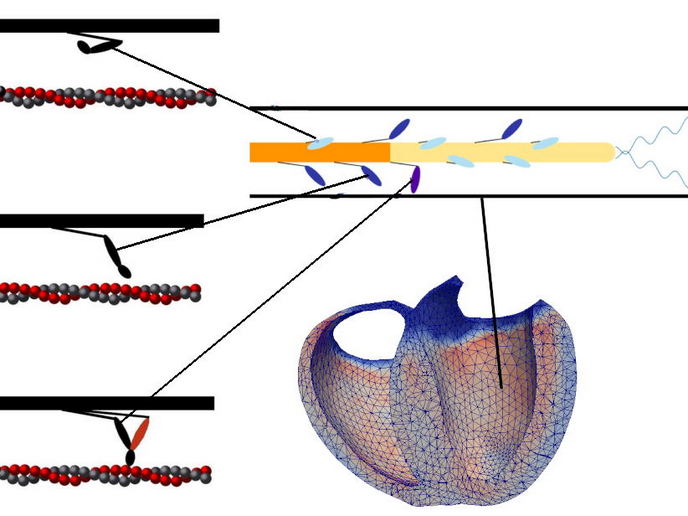Visualisation of neuronal activity in vivo
Most anti-depressant drugs such as fluoxetine (Prozac) function by increasing the levels of serotonin (5HT) in the brain. However, since 5HT is implicated in a wide spectrum of brain functions, our knowledge about the precise impact of these drugs on the nervous system function remains limited. Given the recent advents in genetic tools and imaging techniques, scientists on the EU-funded SEROTONIN IN ACTION (Serotonergic modulation of cortical activity in vivo: from neurons to networks and implications for autism spectrum disorders) project wished to investigate the in vivo function of 5HT under physiologically relevant conditions. Researchers developed a novel technique that allowed them to image neuronal activity in awake-behaving mice. Using this approach, they established the activity pattern of excitatory and inhibitory neurons in the mouse primary visual cortex during different behavioural states. Over 6 000 neurons of four different neuronal populations were studied. Results indicated that locomotion increased the activity of specific interneurons during visual stimulation and in darkness neuronal responses were context-dependent. With respect to 5HT function, researchers found a clear effect on the pattern of neuronal activity in the primary visual cortex. Collectively, the SEROTONIN IN ACTION study findings challenged previous theories and provided conclusive evidence on the circuit mechanisms underlying behavioural-state dependent changes of sensory responses. The results are expected to apply beyond the visual system and help identify the cellular mechanisms of 5HT action in the central nervous system. A similar approach could be exploited to study the basis of neurological disorders, leading to future advancements for therapeutic targeting.







